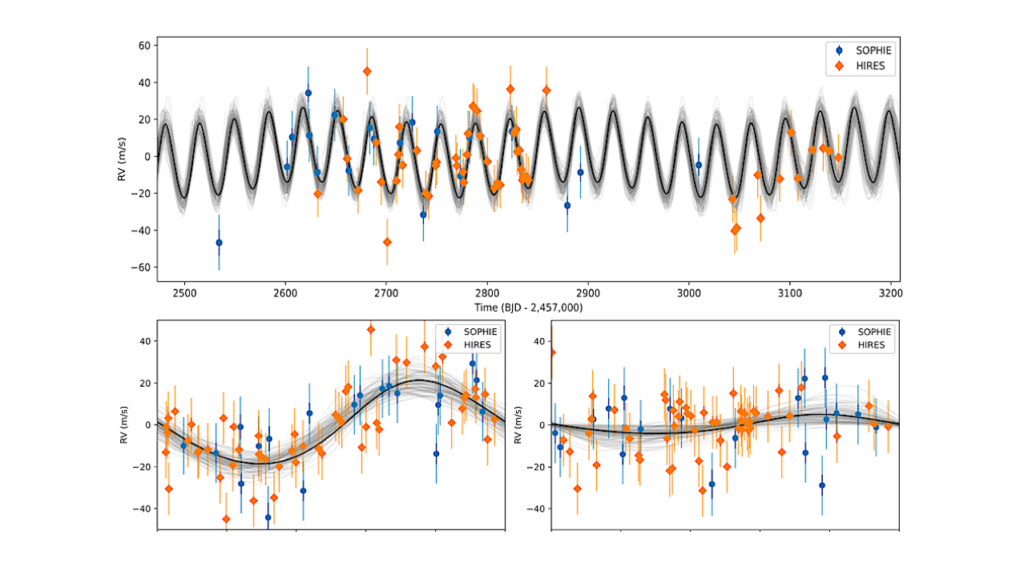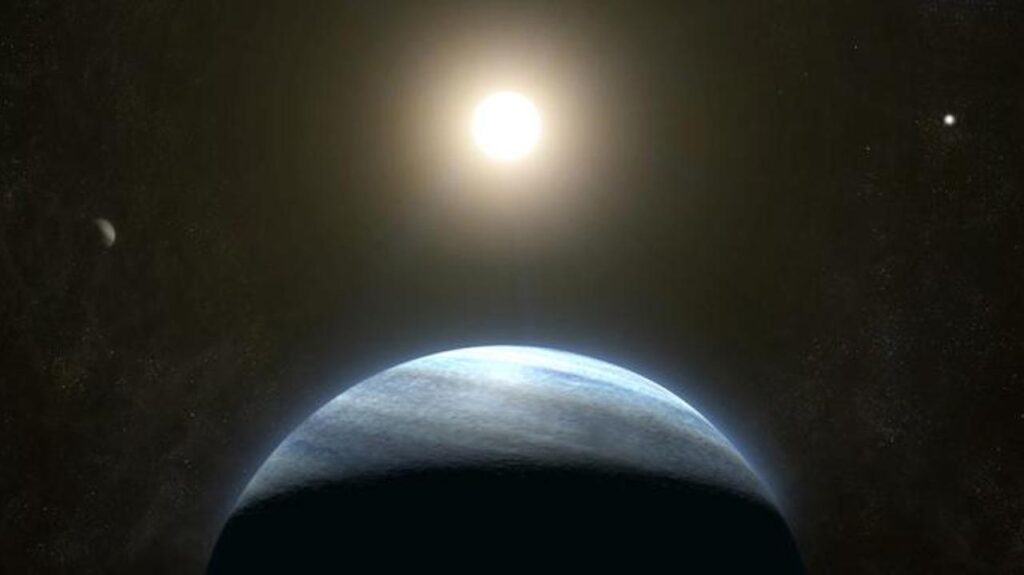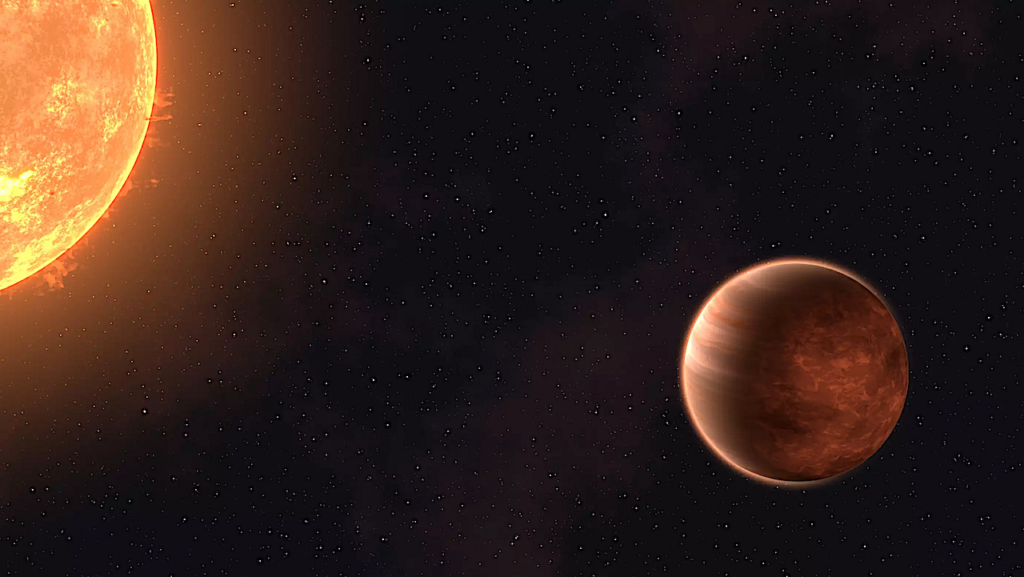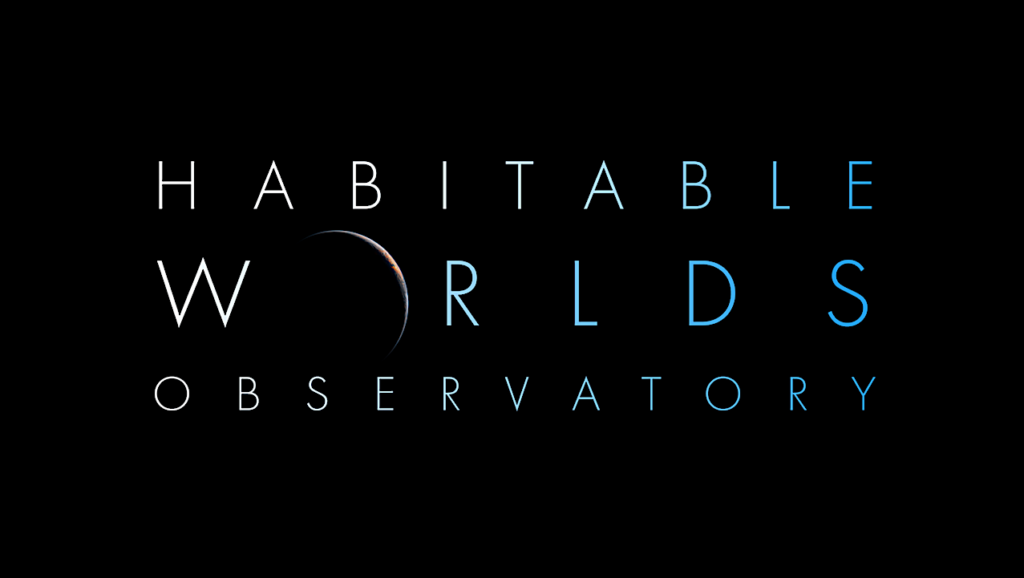JWST/NIRCam Detection of the Fomalhaut C Debris Disk in Scattered Light

Observations of debris disks offer important insights into the formation and evolution of planetary systems. Though M dwarfs make up approximately 80% of nearby stars, very few M-dwarf debris disks have been studied in detail — making it unclear how or if the information gleaned from studying debris disks around more massive stars extends to the more abundant M dwarf systems.
We report the first scattered-light detection of the debris disk around the M4 star Fomalhaut C using JWST’s Near Infrared Camera (NIRCam; 3.6 μm and 4.4 μm). This result adds to the prior sample of only four M-dwarf debris disks with detections in scattered light, and marks the latest spectral type and oldest star among them. The size and orientation of the disk in these data are generally consistent with the prior ALMA sub-mm detection.
Though no companions are identified, these data provide strong constraints on their presence — with sensitivity sufficient to recover sub-Saturn mass objects in the vicinity of the disk. This result illustrates the unique capability of JWST for uncovering elusive M-dwarf debris disks in scattered light, and lays the groundwork for deeper studies of such objects in the 2–5 μm regime.
Kellen Lawson, Joshua E. Schlieder, Jarron M. Leisenring, Ell Bogat, Charles A. Beichman, Geoffrey Bryden, András Gáspár, Tyler D. Groff, Michael W. McElwain, Michael R. Meyer, Thomas Barclay, Per Calissendorff, Matthew De Furio, Yiting Li, Marcia J. Rieke, Marie Ygouf, Thomas P. Greene, Julien H. Girard, Mario Gennaro, Jens Kammerer, Armin Rest, Thomas L. Roellig, Ben Sunnquist
Comments: 16 pages, 5 figures
Subjects: Earth and Planetary Astrophysics (astro-ph.EP)
Cite as: arXiv:2405.00573 [astro-ph.EP] (or arXiv:2405.00573v1 [astro-ph.EP] for this version)
Submission history
From: Kellen Lawson
[v1] Wed, 1 May 2024 15:22:36 UTC (4,205 KB)
https://arxiv.org/abs/2405.00573
Astrobiology,








